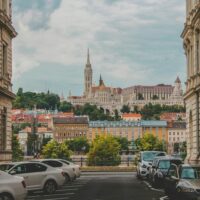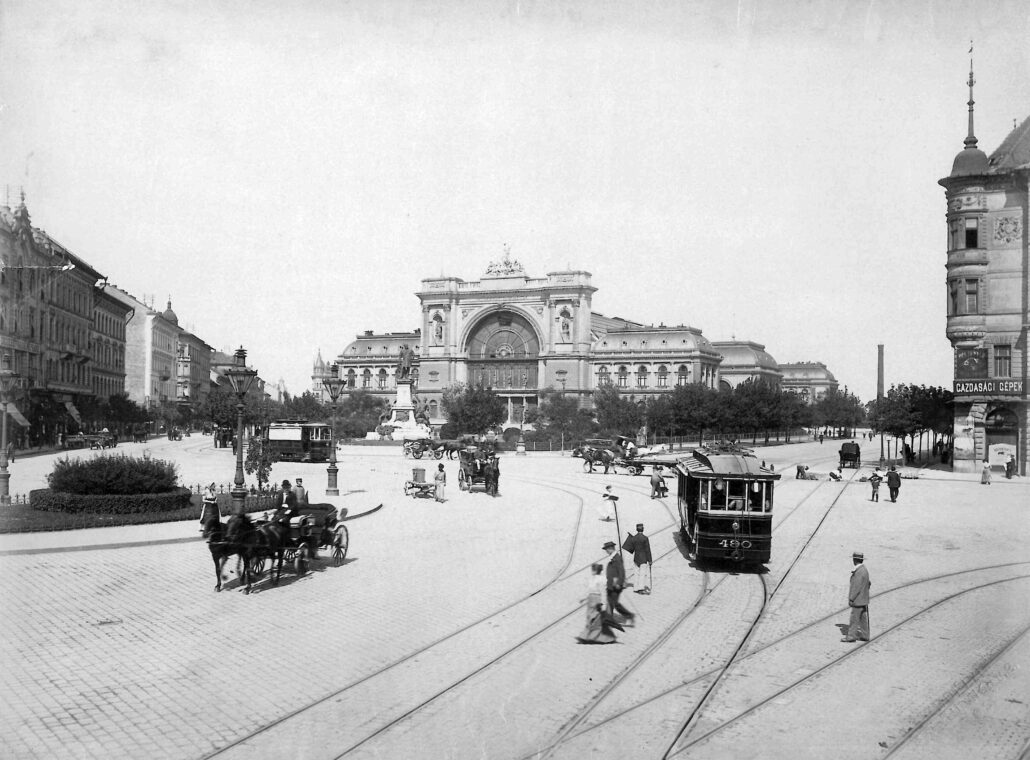6 incredible stories from Budapest a hundred years ago
Budapest is a city of adventure, with a history filled with many colorful stories of these adventures. The capital of Hungary has many stories to tell!
Budapest is a bustling city, serving as the country’s own beating heart. This heart has many memories: a lot of which are quite surprising. There are a dizzying array of stories taking place in it, and it has been like this way for a long time now. Budapest has a rich history and many colorful stories and we’re here to tell you six out of these to depict how life was going a hundred years ago in the capital.
1. Bullfighting at the zoo
Nowadays, when someone goes to the zoo hoping for an attraction, they think mostly of the feeding times and perhaps the seal show. However in 1904, the zoo had to offer something a bit more tangible. They had an arena set up and in a true Spanish fashion, where they held regular bull fighting events. They even had a toreador team at the ready in the staff. Of course, the bullfigthers took on the wild Spanish bulls and not the huge Hungarian grey cattle. Still, the tickets must have been sold in a minute!
2. Pig Slaughter on Margaret Island
When thinking of Margaret Island, the pig is not the first animal that comes to mind. If we mention an animal in relation to the island, it must be the rabbit: the place was named Rabbit Island in the past, before gaining its current name. The island’s namesake was actually Saint Margaret, the daughter of King Béla IV. She lived here on the island in the monastery, as she had vowed during the Mongol invasion, magyarorszagom.hu writes.
A couple of centuries later, another famous figure lived here between 1918 and 1930. This person was none other than Gyula Krúdy. With him, we’ve come full circle, since he was the one who held his notoriously famous pig slaughters on the island more than a hundred years ago.
3. Noon Shot Instead of Noon Bell
Everybody knows about the countrywide tradition that signals one of the most famous Hungarian victories every day: the bells tolling at exactly noon every single day. This has been done since 1456 to commemorate the victory at Nándorfehérvár, when the Hungarian army managed to hold back the Turks. The noon bell is an authentic way of remembering and honoring the past.
However, there were times, when a situation demanded something of a grand gesture. One of these occasions was the turn of the century, when the caretaker of the school, which is now known as Toldy Ferenc Gimnázium, signaled noon with gunshots. That’s a surefire way to mark the time!
4. No Standing Please
Everybody who has been to Budapest has experienced at least once the iconic morning or afternoon rush. This is the time of day, especially during the week, when it’s impossible to find breathing room, let alone a place to sit. However, this wasn’t always the way of things. After the turn of the century, in 1903, a decree simply abolished the concept of standing room on Budapest trams. This meant that only as many passengers could travel on public transportation as there were sitting places, meaning everyone had a seat.
5. Paid Benches
It’s a good thing that a sitting place was reserved for everyone on the public trasnport, because a hundred years ago, sitting on benches in public spaces required a fee. The benches in the streets of Pest were the property of Sándor Buchwald, a known and notable metal and furniture manufacturer. Employees known as “Buchwald ladies” went from bench to bench collecting the fee from everyone.
6. The cherry on top: Pestbuda
Although this is a story from before the turn of the century, it’s worth mentioning. In 1873, when the three cities of Pest, Buda, and Óbuda were merged, the newly estabilished official capital of Hungary almost became PestBuda, since that was how it was referred to before its union.
This could also interest you:
please make a donation here
Hot news
Orbán’s political director: Chinese president’s visit confirmation of Hungary’s connectivity strategy
Budapest Airport: Changes due to arrival of Chinese President
Fidesz Budapest mayoral candidate urges cooperation between Budapest leadership and government
Xi Jinping in Budapest: Major traffic restrictions to paralyse the capital today and this week
Hungary continues to seek close cooperation with FAO
Top Reasons You Should Choose Hungary for Studying Abroad





